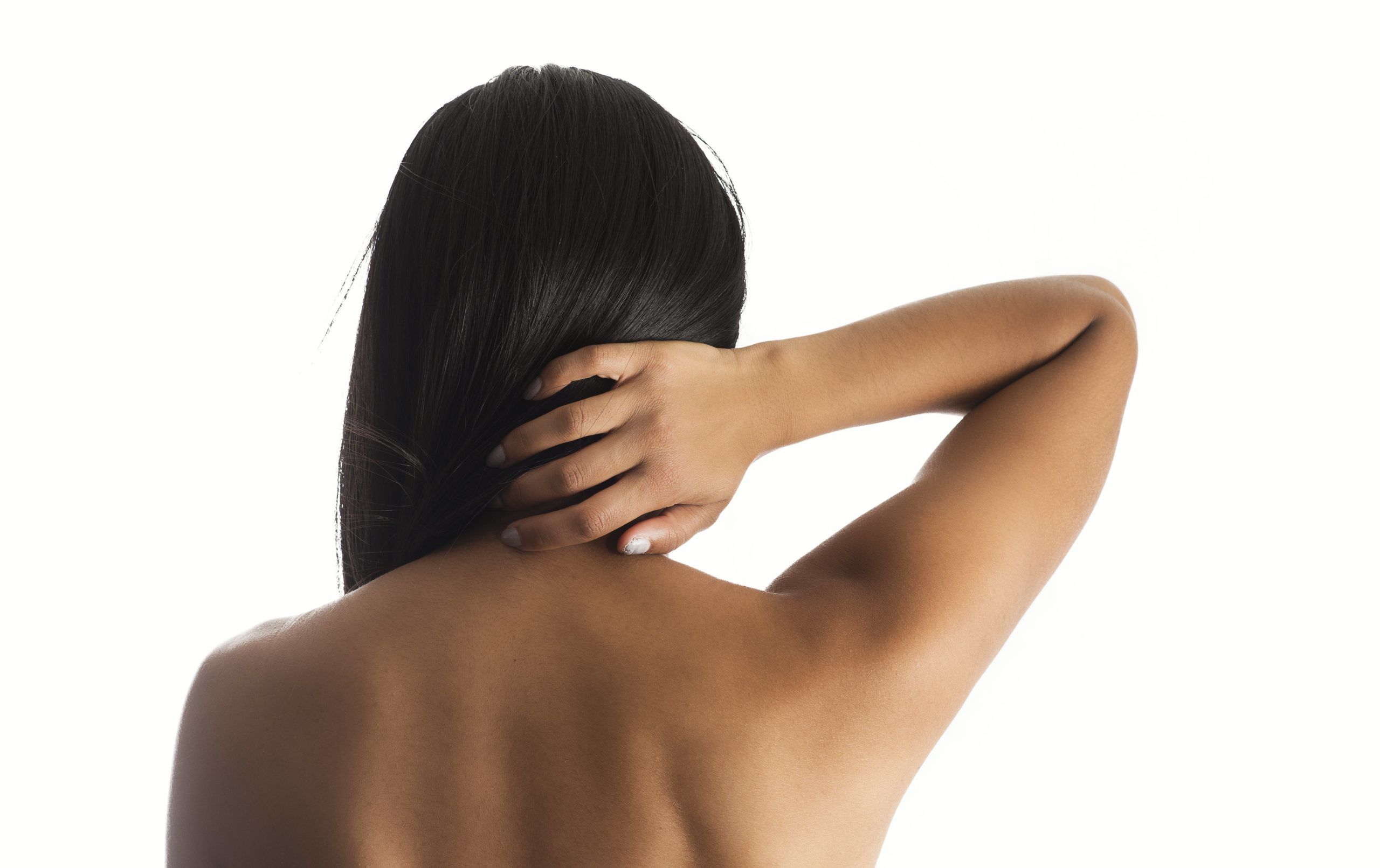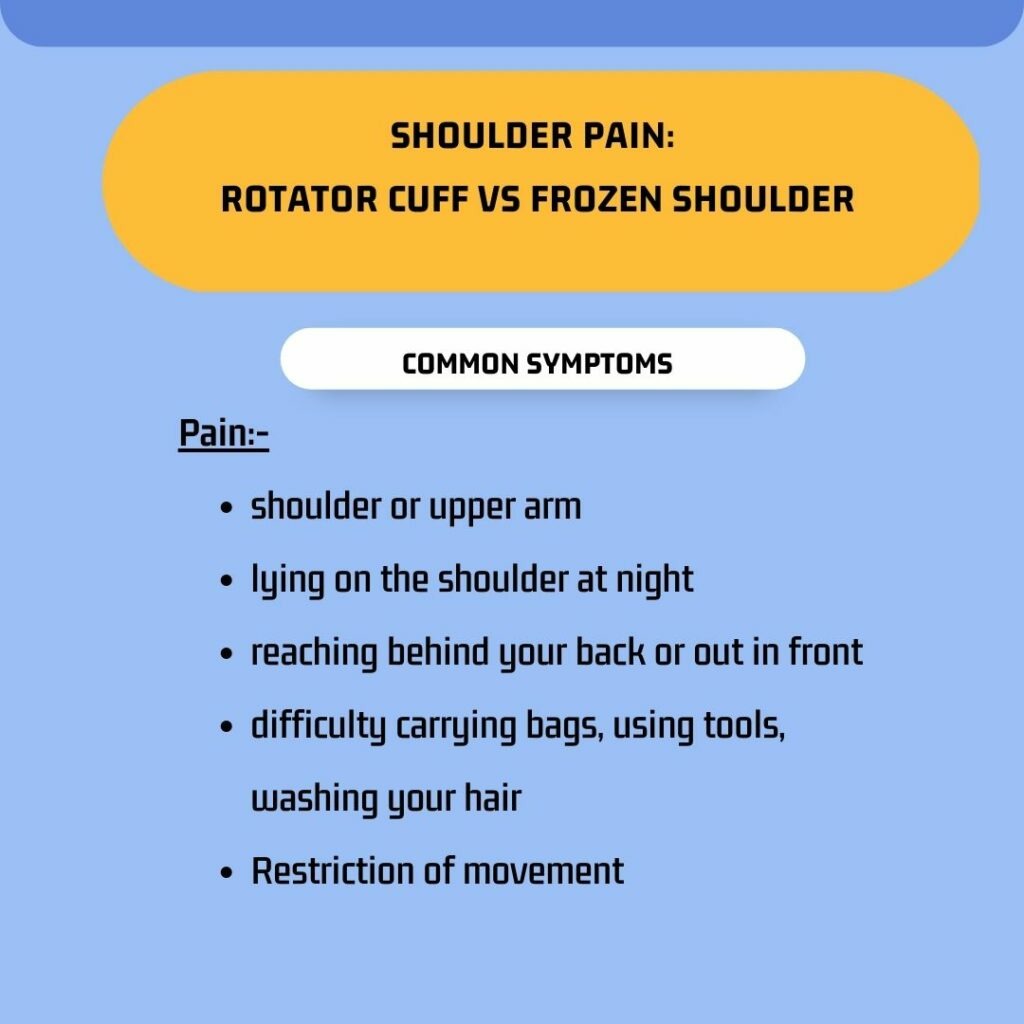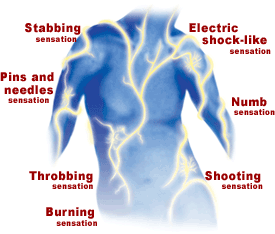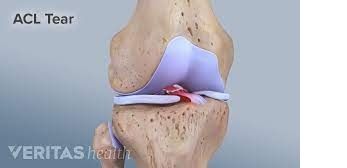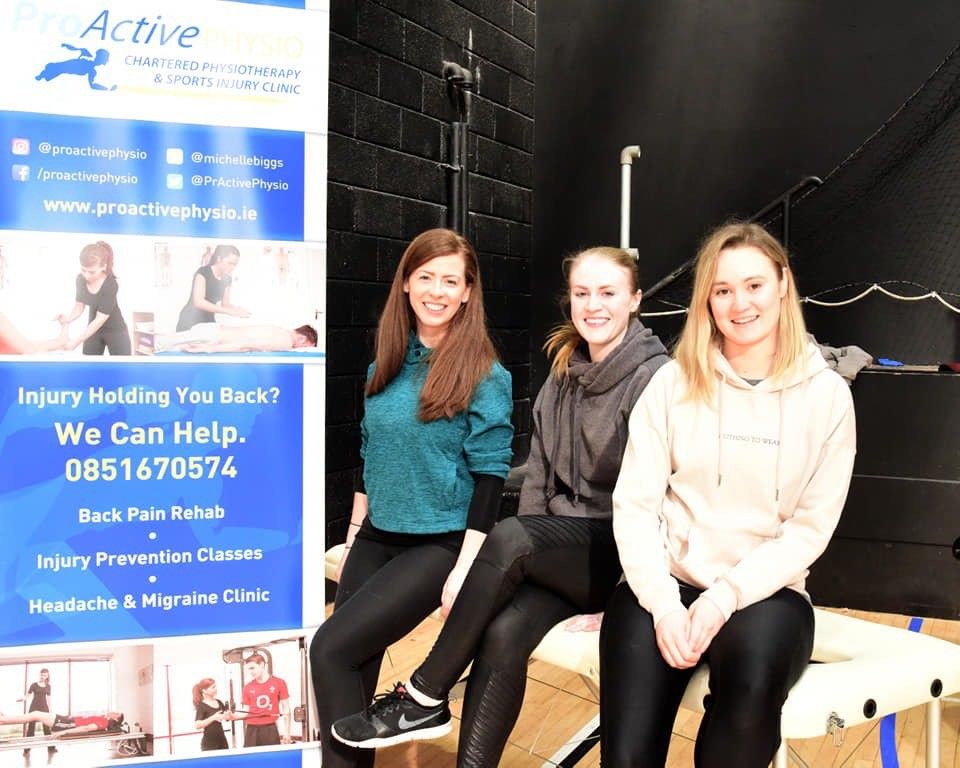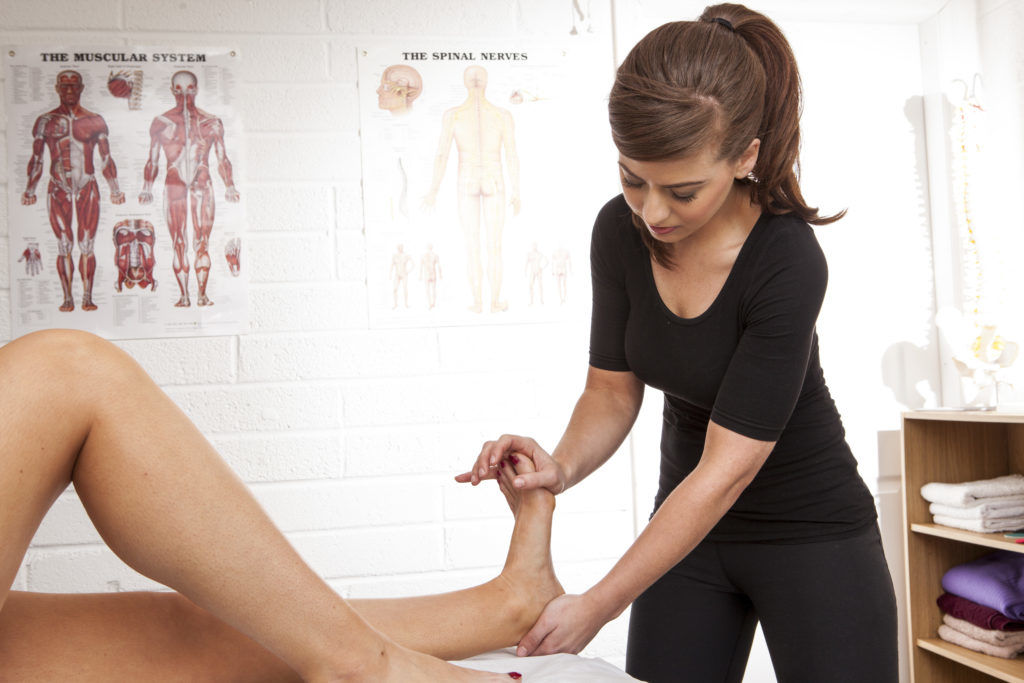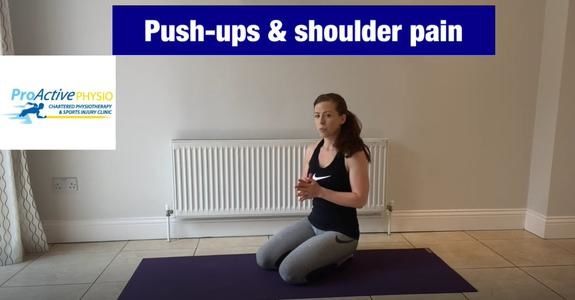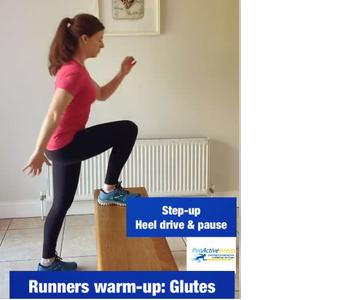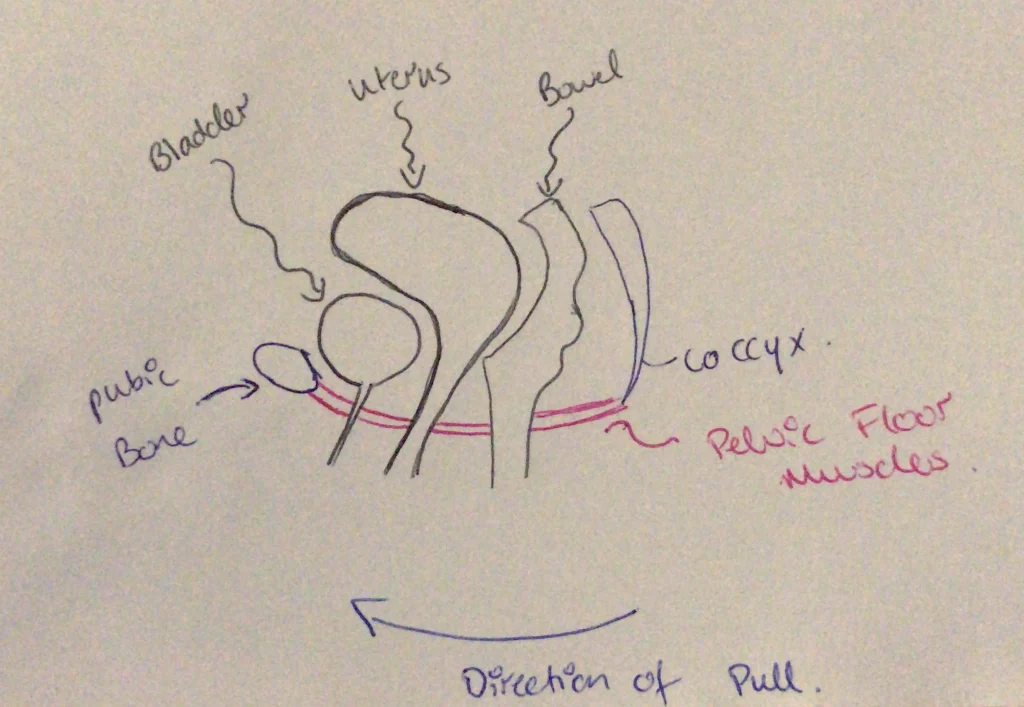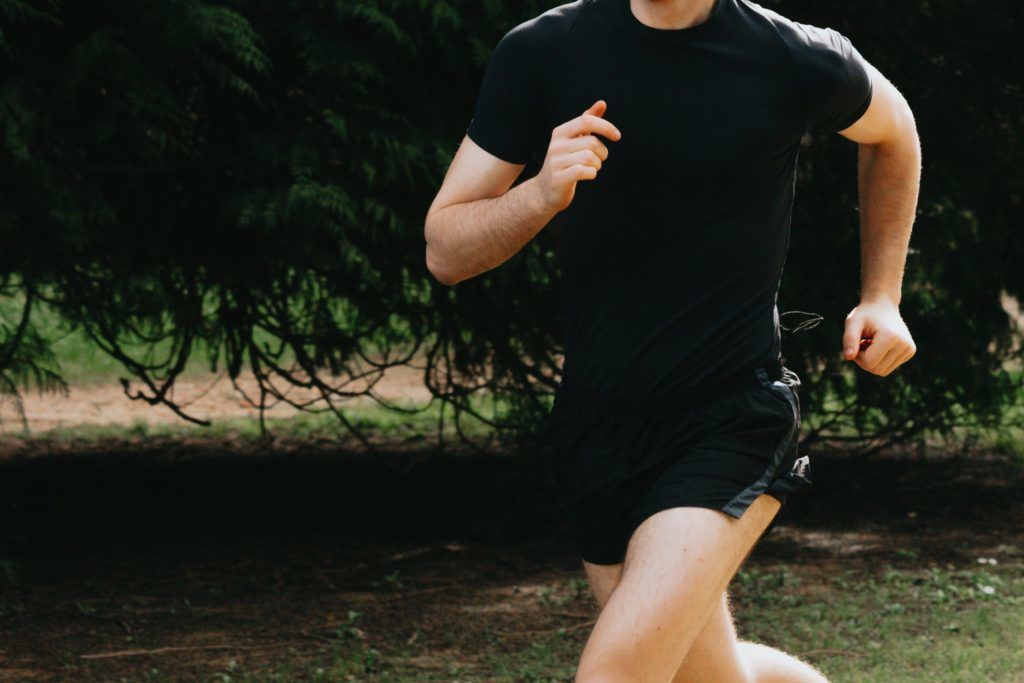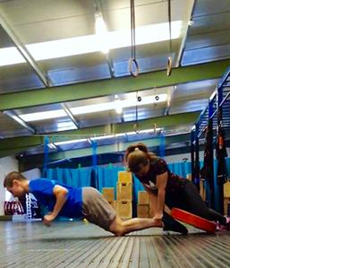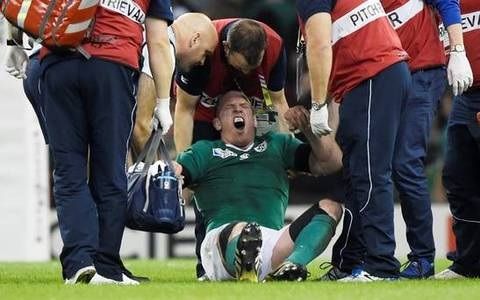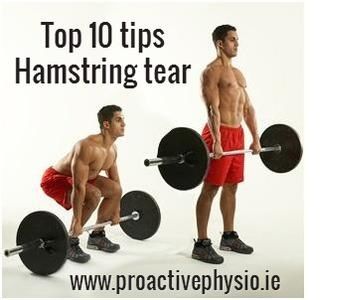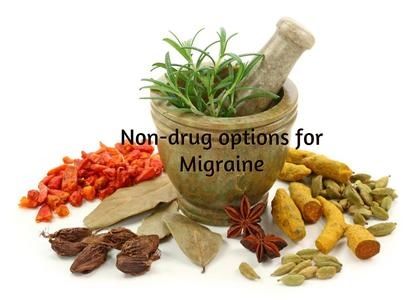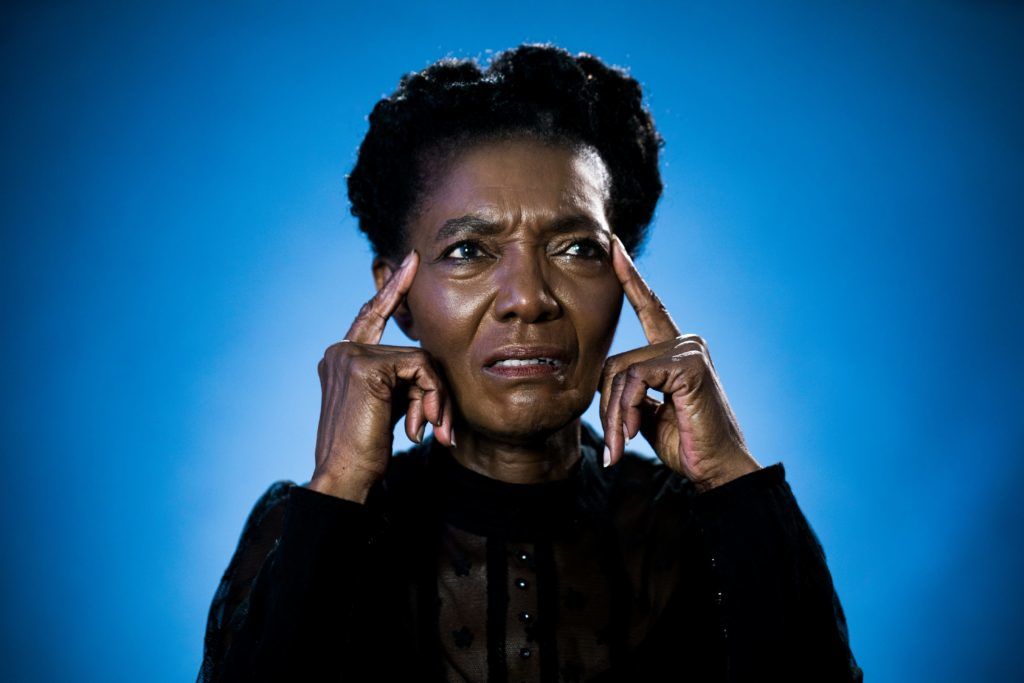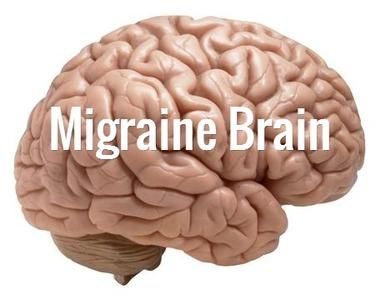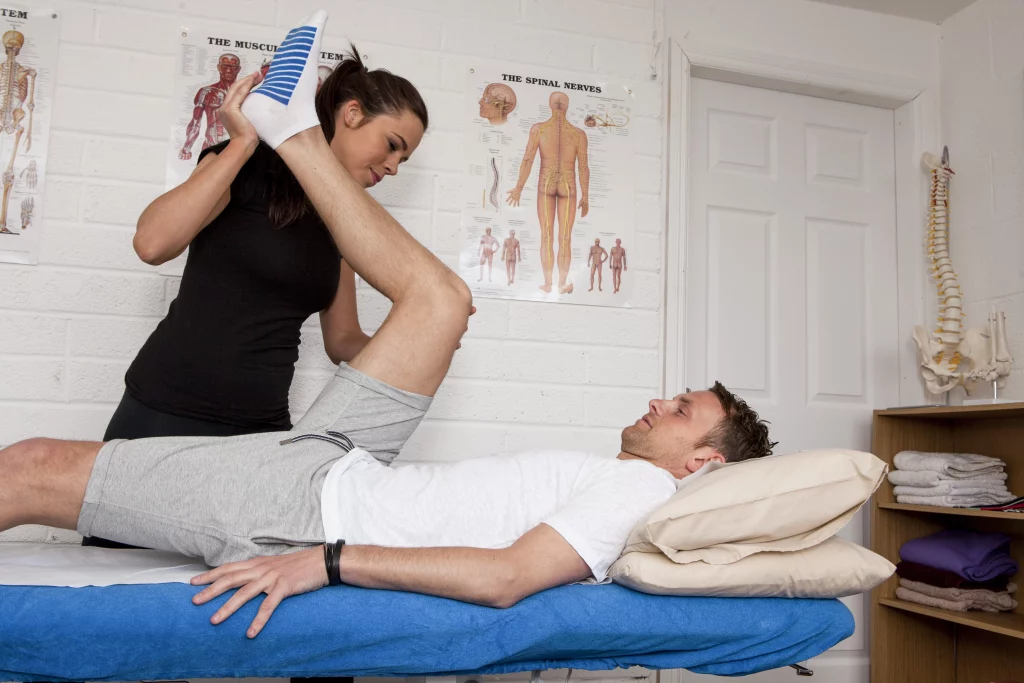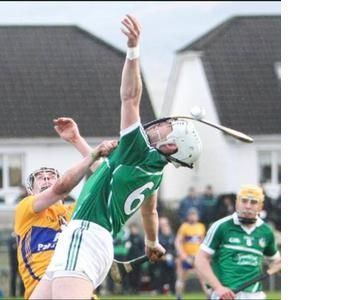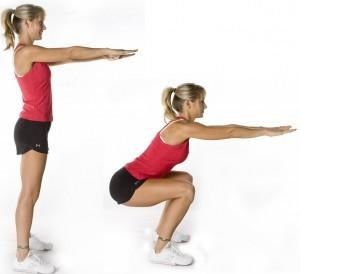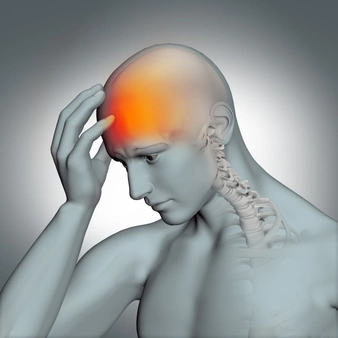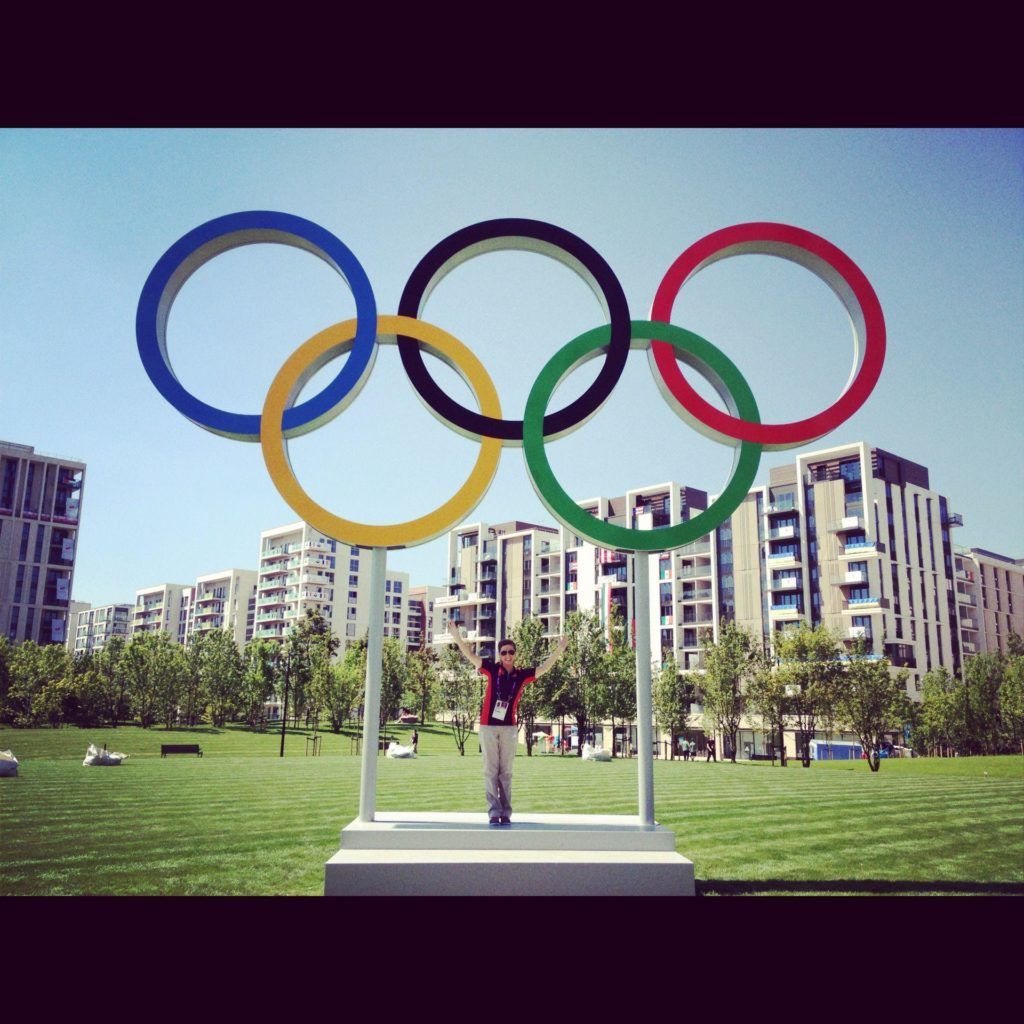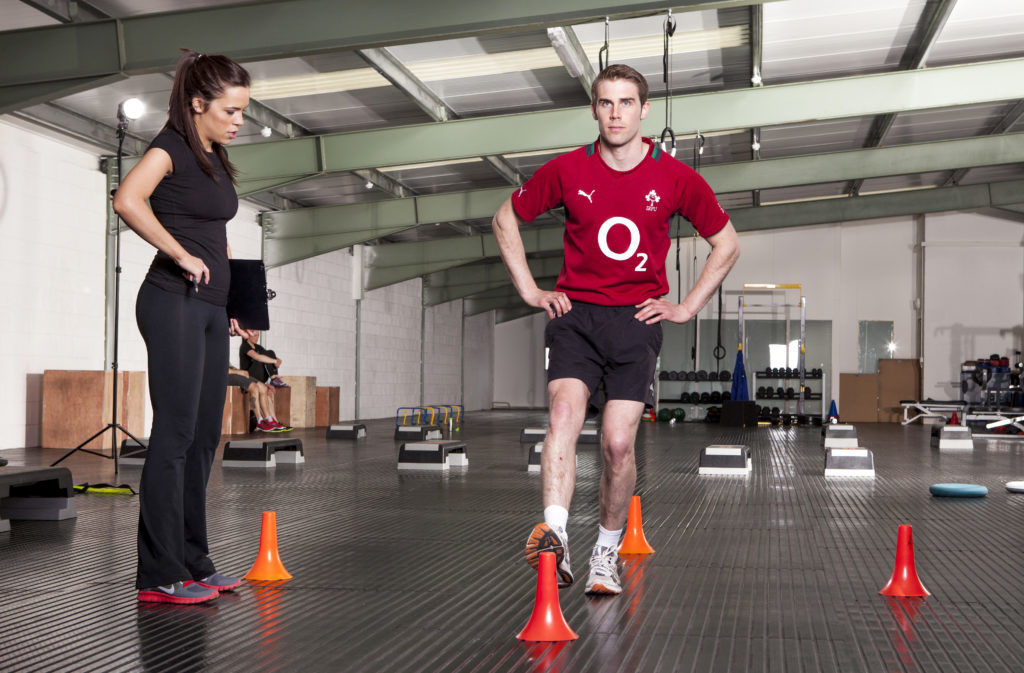I have had chronic back pain for over 15 years. I was diagnosed with central L5 disc protrusion with pretty severe sciatica down both legs when I was about 15 years old. Possibly secondary to emergency abdominal surgery I had a few years prior to that. At that time I met Dr Paul Sands who worked in the Bons Secours who has sadly since passed away. This man will never know but he had such an influence on developing my curiosity of the human body, the effects of exercise and good food, and the importance of looking at all aspects of a person’s lifestyle in relation to their pain or injury.
He veered me away from medication and surgery and prescribed an exercise based rehab program. He advised me to stop playing football and soccer for 6 months which nearly broke my heart, instead I had to walk for 30 minutes every day. Not as exciting as a football pitch but it played a part in bringing my sister Claire and I even closer, as every day after school we took off for a walk back to the lake to discuss all the happenings of the school day!
He also prescribed a general mobility program which I stuck to diligently, getting up for half an hour before school to practice, what I now recognise as yoga! Anything I could do to get back playing sport! Now as a clinician I always marvel at the dedication of kids and teenagers to rehab programs. When they have enough motivation they 100% commit…maybe it’s later we develop all the reasons why we can’t?
So back to my recovery…in general, disc related back problems with neural involvement often increase in pain, with prolonged flexion ie sitting. As a teenager (and to this very day!) I was a total nerd, I ❤️ school, learning, reading, writing, studying. A great scholar as my Grandad used to say! Which meant I was doing a whole lot of sitting! Our school was a fantastic music environment so I also spent a lot of time playing the cello and piano and some of my happiest school memories are in that music room ❤️ but again more sitting meant more back pain…
I had to learn how to manage and counteract the many hours of prolonged sitting. At this stage I was back playing sport but I had raging bilateral leg pain. I progressed to McKenzie style back rehab approach which I have shown in a previous video and modified it for standing and lying whenever I could fit it in. I had a good pain management system going!
As I moved into my college and working years, I never let my back pain stop me doing anything. It would flare up every so often with pretty intense sciatic pain but I was so used it that it didn’t bother me and I ignored it. I ran a marathon and continued to play sport. Painful but I ignored it. I had long neglected my rehab at this stage.
Further into my post grad studies the influence of lifestyle factors and chronic pain problems became a huge interest for me; both in my daily back pain patients and my own back pain. The work of researchers at Pain-Ed in University of Limerick and Curtin University in Perth hugely influenced me in how we should treat and manage back pain and all types of ongoing pain problems. Every day in my clinic I saw how stress, anxiety and poor sleep contributed to pain.
I had to wake up to the fact that disordered sleep, stress and anxiety were all part of my ongoing back pain problem. At this stage, I was so used to pain, in so many areas of my body; bilateral knee pain, elbow pain, headaches, sciatica, that I shut off any feedback from my body to let me know I was overexercising or abusing it. I had to acknowledge that my concern for body size was leading me to body shame and abuse of my own body by overexercising rather than listening to and working with my own body to recover and reach its full potential.
Complicated yes…most chronic back pain is.
So I started with Mindfulness Meditation. I bought a book and did an 8 week program and also qualified as a Mindfulness Instructor (learning nerd continues). This helped me deal with stress, anxiety and start to listen to all the information my body was giving me. Of course this isn’t for everyone and the timing for this type of intervention has to be right.
Four years prior to starting the Mindfulness, I was sent for a variety of tests because big chunks of my hair suddenly fell out leaving spots of baldness. I have enough hair for 5 people so I could easily cover it up and it all grew back. But I have a distinct memory of sitting in the dermatologist’s office and she asked me if I was stressed or anxious. At the time I had just opened my own clinic, was physio with inter-county and club teams, in line for the Olympics, was working 70-80 hours a week, sleeping 4 hours a night, training for a marathon, had pains everywhere in my body and pretty constant stomach pain. I looked her straight in the eye and said no. I had no awareness that I was stressed or anxious. I just wanted to do, see, be everything and presumed this was normal life. I definitely wasn’t open to Mindfulness at that stage!
Back on the road to recovery, I very gradually started to introduce more gentle forms of exercise like yoga and Pilates into my exercise regime. I still loved high intensity exercise and sport and the amazing highs you get from these forms of exercise but I knew I needed to back off, listen to my body and build my body back up. These types of exercise helped me physically tune back into all my joints and muscles and take care of myself.
I also started to prioritise sleep. It took a long time. I easily survive on 4-5 hours a night but I found that I thrived on 7 hours sleep. Habits take time to change but increasing how much sleep you get has huge effects on pain and recovery. There is mounting evidence for it’s role in athletes and many pain conditions. I am actually focusing a large part of my Masters research on the role of sleep in athletes and injury #Nerd4Life
Today, I don’t have any back pain or sciatica and I can’t remember the last time I did. My right leg is a bit stiffer into a hamstring stretch but I can deal with that! I am beyond lucky to work with CrossFit Galway and French Vanoli where I have learned to change my exercise regime to focus on the unlimited potential each one of us harbours in our own bodies despite injuries and years of abuse! I can now deadlift 100kg, backsquat 75kg and this video is from yesterday where I started playing around with these #toestobar Two years ago I struggled to hang off the bar!
I have learned a lot about back pain over the last 15 years and even more about the way lifestyle factors contribute to pain. I know how challenging it can be to change habits of a lifetime. It has taught me huge compassion and understanding for my patients, particularly those complicated patients who “fail” certain treatment approaches. It has also taught me to appreciate the body as the most miraculous piece of equipment you will ever possess. It can produce inhuman levels of pain but at the other extreme achieve incomprehensible physical feats!
I am grateful for the all the challenges that have brought me to where I am today. I hope I can continue to learn and to help people recover from pain and injury. I thank Dr Paul Sands for pointing down this path of healthcare and learning to understand exercise as medicine. I am forever grateful.
Michelle

